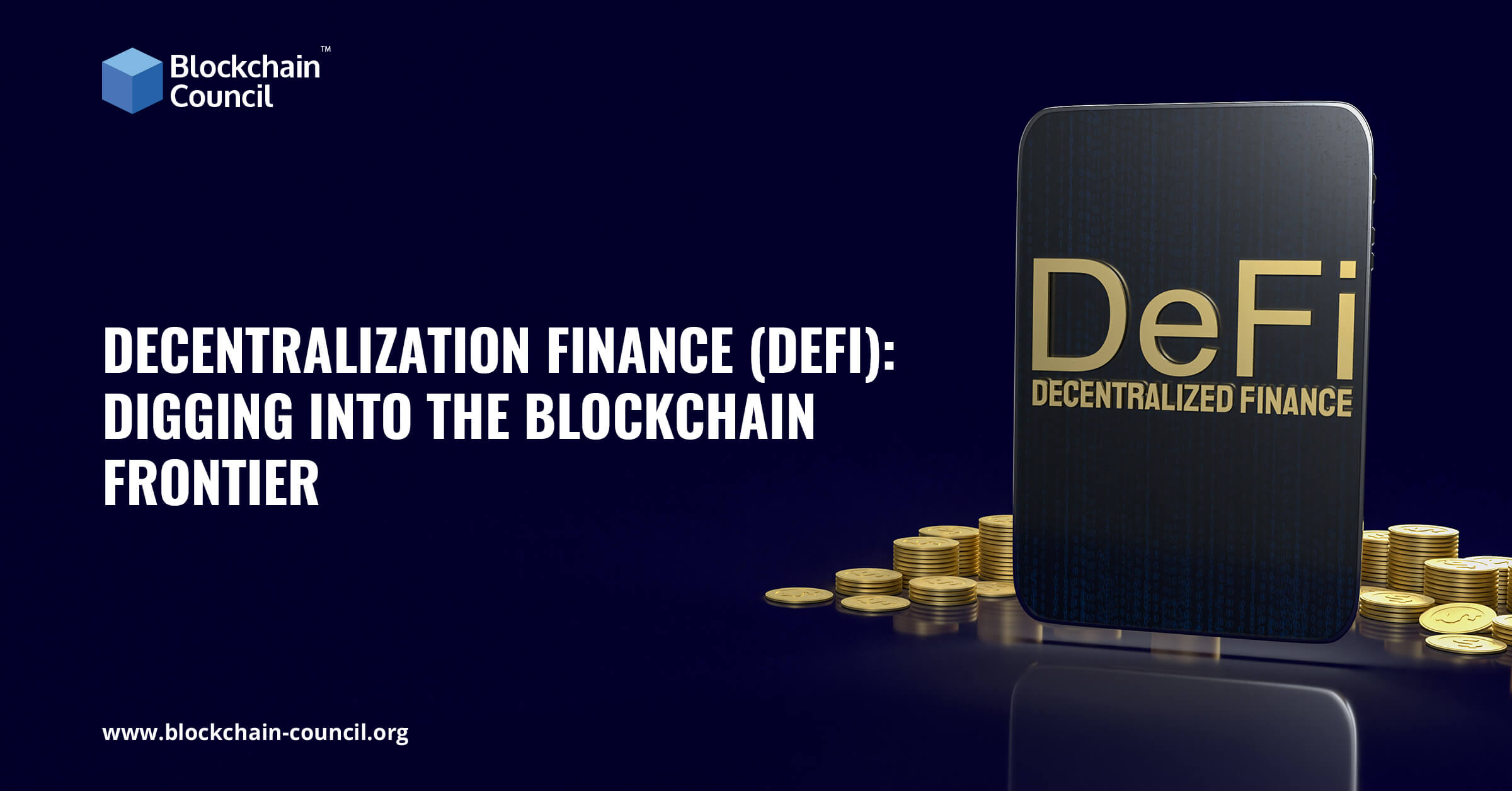
- Avinandan Banerjee
- November 04, 2022
Decentralized finance (DeFi) is a subset of the cryptocurrency trading business focussing on decentralized financial services. It includes several developer-created financial services accessible by all. DeFi solutions and centralized solutions differ in various aspects. The most important characteristic is that decentralized solutions are governed and controlled by a group of participants via decentralized networks. As a result, decentralized services provide their customers complete control over their funds, unlike centralized services.
New decentralized and non-custodial financial services are launched to the DeFi industry almost every week, an innovation hub. The best part is that anyone can access such services from around the world.
According to World Bank data from 2017, an estimated 1.7 billion adults globally were projected to be without a bank account. That is, they did not make use of any financial institution’s services. DeFi protocols-based financial services have no entry criteria. This implies that their services are available to everybody. The only hurdle to entry is the lack of knowledge.
The DeFi ecosystem layers on top of open distributed networks and leverages smart contracts. Smart contracts are the self-executing agreements defined in lines of code that ensure free and open access to financial services.
DeFi Protocols: How to use them
Several DeFi protocols are being developed on top of Ethereum or Binance Smart Chain. And the number of rival blockchain networks that allow smart contracts is expanding all the time. So it’s not easy to pick a network before selecting to use DeFi services.
The majority of extensive protocols now support multiple blockchains, with the significant differences being transaction fees and ease of use. For example, Binance Smart Chain, Ethereum, and Polygon are accessible through wallet extensions like MetaMask, and switching networks is as simple as changing a few parameters.
Users can access their assets straight from their browsers using these wallet extensions. They are installed similarly to other extensions, and usually require users to either import a current wallet or create a new one using a private key. They are also password-protected to ensure high-end security. In addition, some of these wallets come with built-in web browsers.
Furthermore, these wallets frequently include mobile apps that can offer features to access DeFi projects. These apps are wallets with built-in browsers that can be used to interact with DeFi applications. Users can synchronise their wallets by first creating them on one device and then exporting the private key from another device.
Such mobile applications frequently incorporate the open-source Wallet Connect protocol to make things convenient for users. By simply scanning a QR code with their phones, this protocol allows the users to connect their wallets to DeFi desktop applications.
Steps to start DeFi
Let us look into the steps that can assist you in starting with DeFi.
Step 1: Estimate how much bucks you want to spend
It will be an absolute waste if you research and read about all the available protocols and technology globally but not being able to invest practically. So save yourself some time and decide beforehand how many bucks you are willing to invest.
Step 2: Converting fiat currency into crypto
You will require an on-ramp to convert your fiat currency into cryptocurrency before you can accomplish anything in DeFi or crypto in general. To do so, you will need to create an account with a centralized exchange platform like Binance or Coinbase. There is no way around, having to use DeFi you must first go through CeFi. Then, transfer some bucks to the newly created account.
Step 3: Centralized finance or Decentralized finance
Decide whether you want to use centralized or decentralized finance services, as you own some coins. You don’t have to manage your crypto wallet with CeFi, and need not stress about forgetting passwords or private keys. Returns on stables might be around 8% in specific locations. There is no need to dive further if you hang on with that.
Nexo, Celsius, BlockFi, Lending on FTX/Binance/Bitfinex/Poloniex, Hodlnaut, etc., are a few examples of CeFi.
Step 4: Open a Cryptocurrency wallet
Perhaps you are more tech-savvy and want to take advantage of the better payouts offered by numerous fresh protocols that are launching. Therefore, it’s time to acquire yourself a cryptocurrency wallet. Metamask is quite sought after wallets for interacting with DeFi protocols. To keep your private keys secure, download the wallet and process all the instructions.
Step 5: Choose the Protocols and Chains you would like to work with
Bitcoin, Etereum, Binance Smart Chain, Solana, Polygon, Arbitrum, Fantom, Avalanche, Celo, etc., are some of the available chain options. Each chain has its own set of advantages, disadvantages, and gas fees. If you are only investing a few bucks, Ethereum isn’t for you because transaction charges can run into hundreds of dollars.
Step 6: Risks associated with the protocol
Since every protocol is not equivalent, the yields vary substantially amongst them. Something with a 1 million percent APY will have certain red flags. You must be aware of such flags before investing in your crypto. AAVE and Compound protocols, which have been around since the beginning, offer lower yields but pose fewer risks.
Before beginning with a protocol, there are a few things to keep an eye for:
- is the identity of the founders known or unknown?
- Is there a track record of success for the founders?
- What is the protocol’s level of decentralization?
- Is the code checked for errors?
- What is the history of the protocol?
- Do well-known venture capitalists fund the team?
- Has the protocol ever been hacked?
- Are the members of the team active on communication platforms?
- Is the yield reliable?
- Possibility of impairment damage
- what are the gas costs?
- Are you familiar with the procedure and what it claims to be capable of performing?
- What is the source of the yield? Is it your underlying token or a different token that you are gaining?
Step 7: Continue to monitor your investment
After parking your crypto assets in some protocols, you need to devise tracking tools to monitor your account activities. Pools are either continuously optimizing or terminating, so DeFi isn’t really a set-and-forget solution. In fact, for a better understanding, you can learn DeFi basics or even opt for some DeFi certification courses.
DeFi Tools: Decentralized applications (daaps) and Smart Contracts
A smart contract may, for example, be used to create a loan pact between two parties. The collateral may be liquified if certain conditions are not fulfilled. These procedures are carried out automatically by computer codes, eliminating the need for an intermediary.
Smart contracts are blockchain-based algorithms that activate automatically when certain specifications are fulfilled. As a result, smart contracts enable developers to develop significantly complex functionality than simply cryptocurrency trading.
On the other hand, decentralized applications (dapps) are built using such types of smart contracts. Dapps are like regular apps as they perform similar functions. The main distinction is that they are run on a peer-to-peer network, such as blockchain, implying that no single institution controls the network.
Threats of DeFi
Decentralized finance, like Bitcoin, is still in its budding stage. According to DeFi Pulse, the total value locked in DeFi agreements worldwide is approximately $107 billion presently. As a new craze in the crypto market, this technology has advantages and disadvantages. This technology proves beneficial, yet you cannot ignore its drawbacks.
Some of the drawbacks are :
- Attacks and Frauds: DeFi is still in its nascent stage and thus vulnerable to attacks and frauds like rug pulls. In the rug pulls threat, the hackers withdraw a channel of funds. Since many DeFi platforms are based on open-source smart contracts, hackers can effortlessly investigate these networks for vulnerabilities. Speaking about the recent case, in July, hackers broke into the DeFi platform Poly Network and carried out the world’s largest cryptocurrency heist. They stole digital assets worth $613 million and later returned tokens worth $260 million in less than a day.
- Lack of backup option: Unlike your bank account, DeFi and Bitcoin wallets require private keys to ensure security. A private key is a long, one-of-a-kind code that the wallet’s owner only knows. A great way to enhance security. But in case you lose your private key, you won’t be able to get your assets back ever.
Keeping yourself safe
The DeFi sector is thriving with innovations, and, as with ICOs ( initial coin offerings), malicious elements are seeking to take advantage of customers and maximize their earnings through various scams. First, however, it is critical to verify whether a DeFi application has undergone auditing before utilizing it. Other than this, consumers should consider a few more concerns before interacting with a protocol or purchasing its governance token.
In the DeFi domain, triple-digit APYs ( annual percentage yields) aren’t exceptional, thanks to the possibilities of yield farming. However, a golden rule of investment is that rewards must match risks. Above-average APYs are common, but they seem too good to be true, and a further investigation is required.
A more in-depth investigation would entail looking into the team that built the DeFi protocol in the first place. A centralized team works on smart contracts for protocols before they become DAOs. However, it’s not rare for anonymous teams to work on projects. Therefore, the best way to predict if the team is trustworthy is to look at how transparent they are about what they are doing with the protocol.
Finally, it’s critical to determine whether the project’s community is genuine. To excite a project deploying social media bots is no longer a new strategy. Rather an engaged community that publicly debates governance suggestions, user experiences, future solutions, and other relevant topics can’t be faked.
To evaluate risks in decentralized network lending protocols, open-source initiatives like DeFi score have been built. This can assist the consumers in comprehending how to access the danger in such protocols.
Conclusion
According to a 2020 article in Elsevier’s Journal of Business Venturing Insight, ” blockchain technology might substantially extend the scope and productivity of node-to-node exchanges, converting traditionally infeasible strategic directions into viable ones. Thanks to blockchain technology, financial services can become more innovative, interoperable, decentralized, borderless, and transparent.”
Thus, decentralized finance platforms provide an alternative to traditional banking and finance systems rather than simply a plug-in. These platforms are designed to eventually become self-contained from their creators and investors, governed by a group of users who possess the protocol’s tokens.
You can hunt for suitable solution platforms and seek professional assistance if you plan to switch to the DeFi platform. If you want to be an expert in this field, you can look for blockchain certification courses or cryptocurrency courses on the internet. Several institutions are offering DeFi training and DeFi certification courses.
Apart from this, you might look for businesses that offer DeFi development solutions. However, make sure to research properly and choose the one that fits your goals and criteria.

































































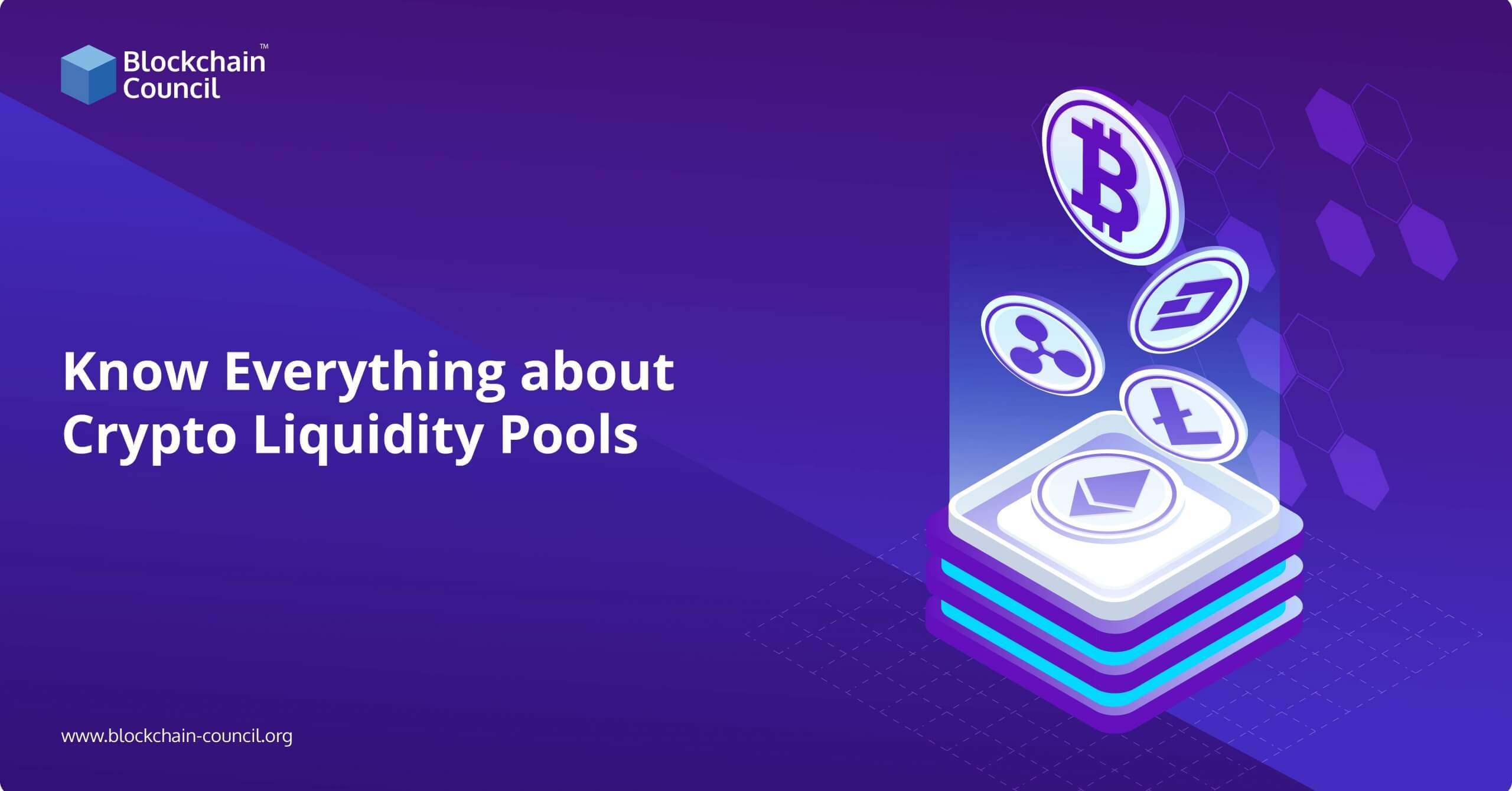
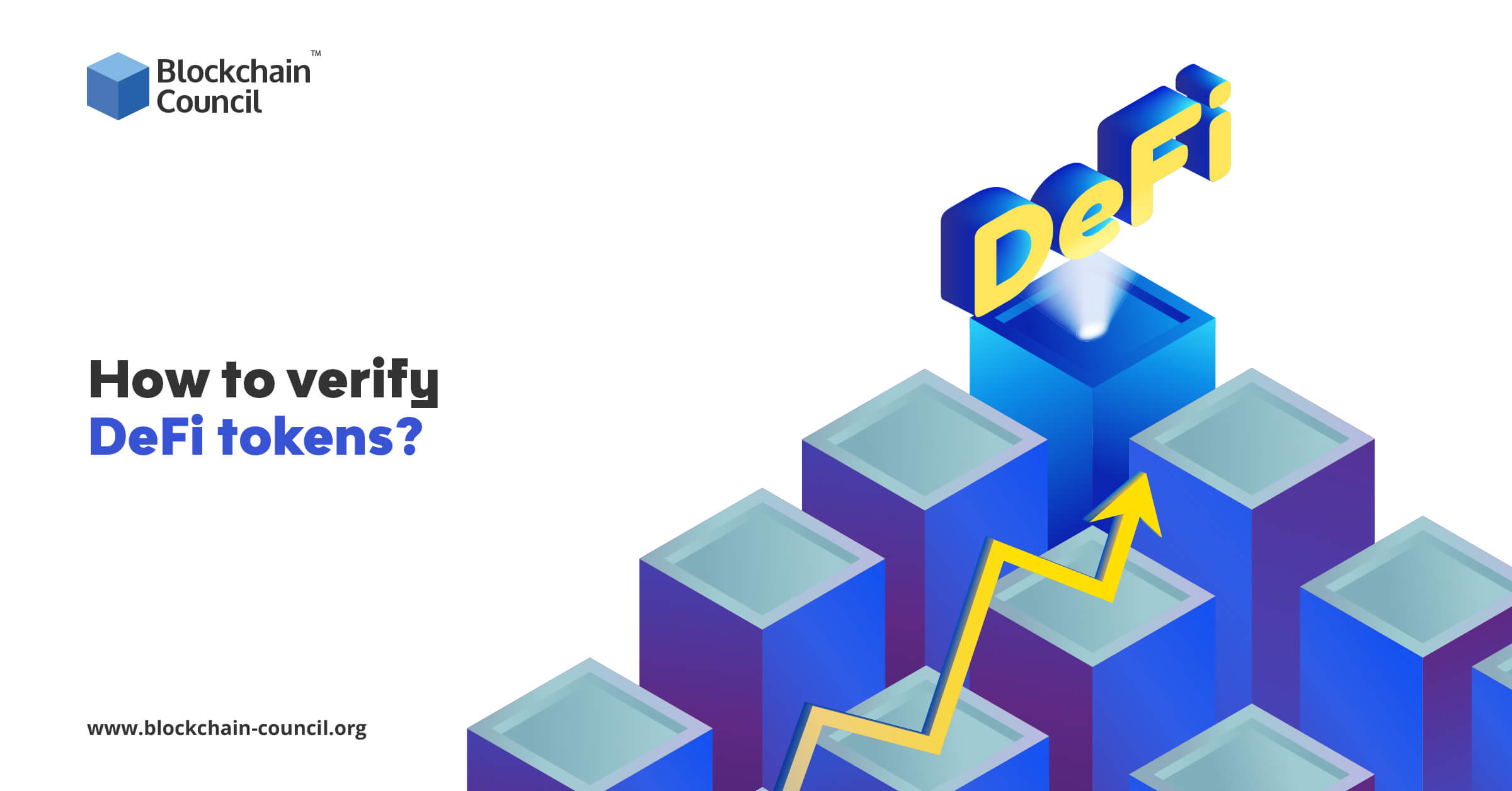
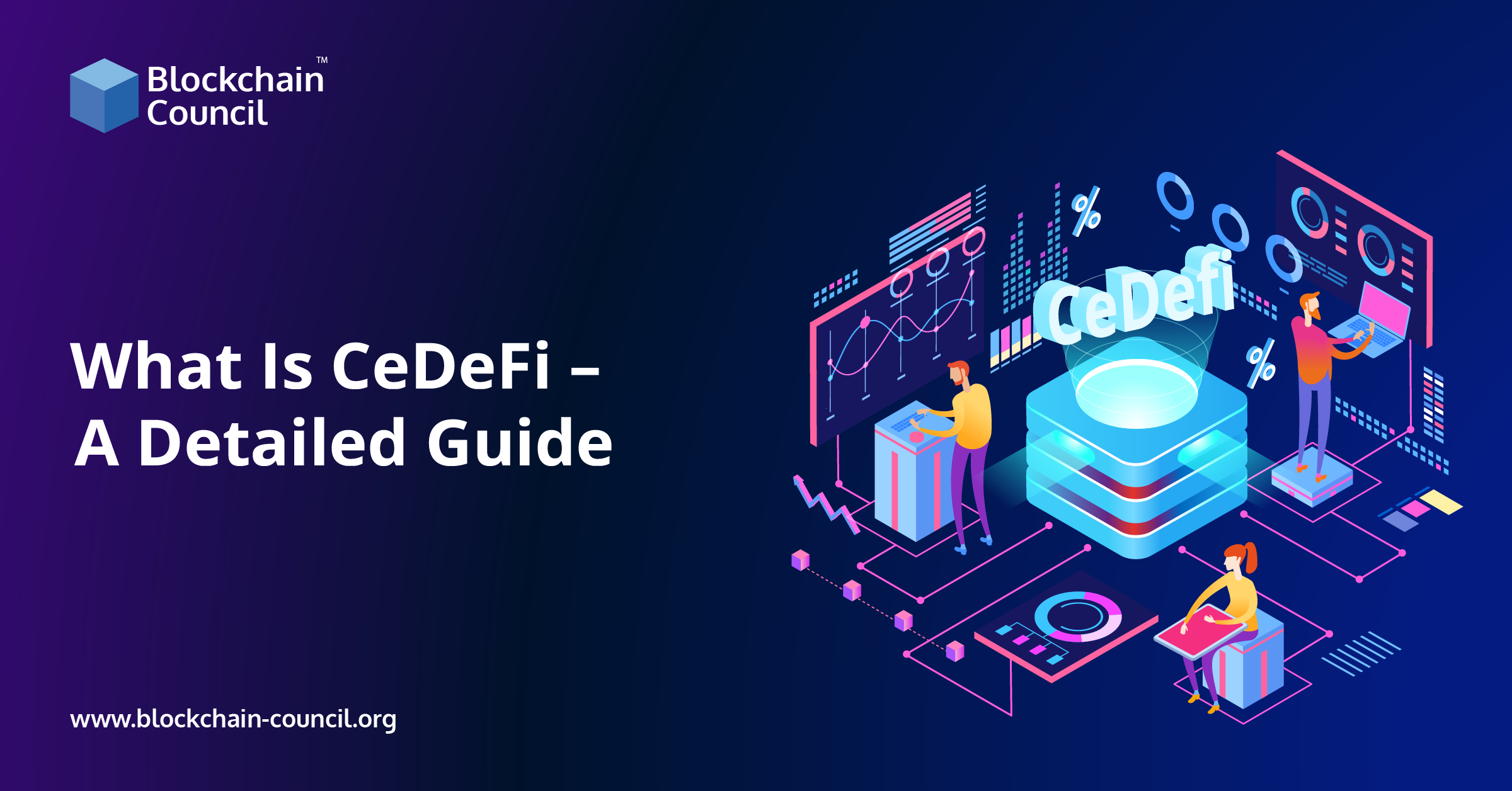
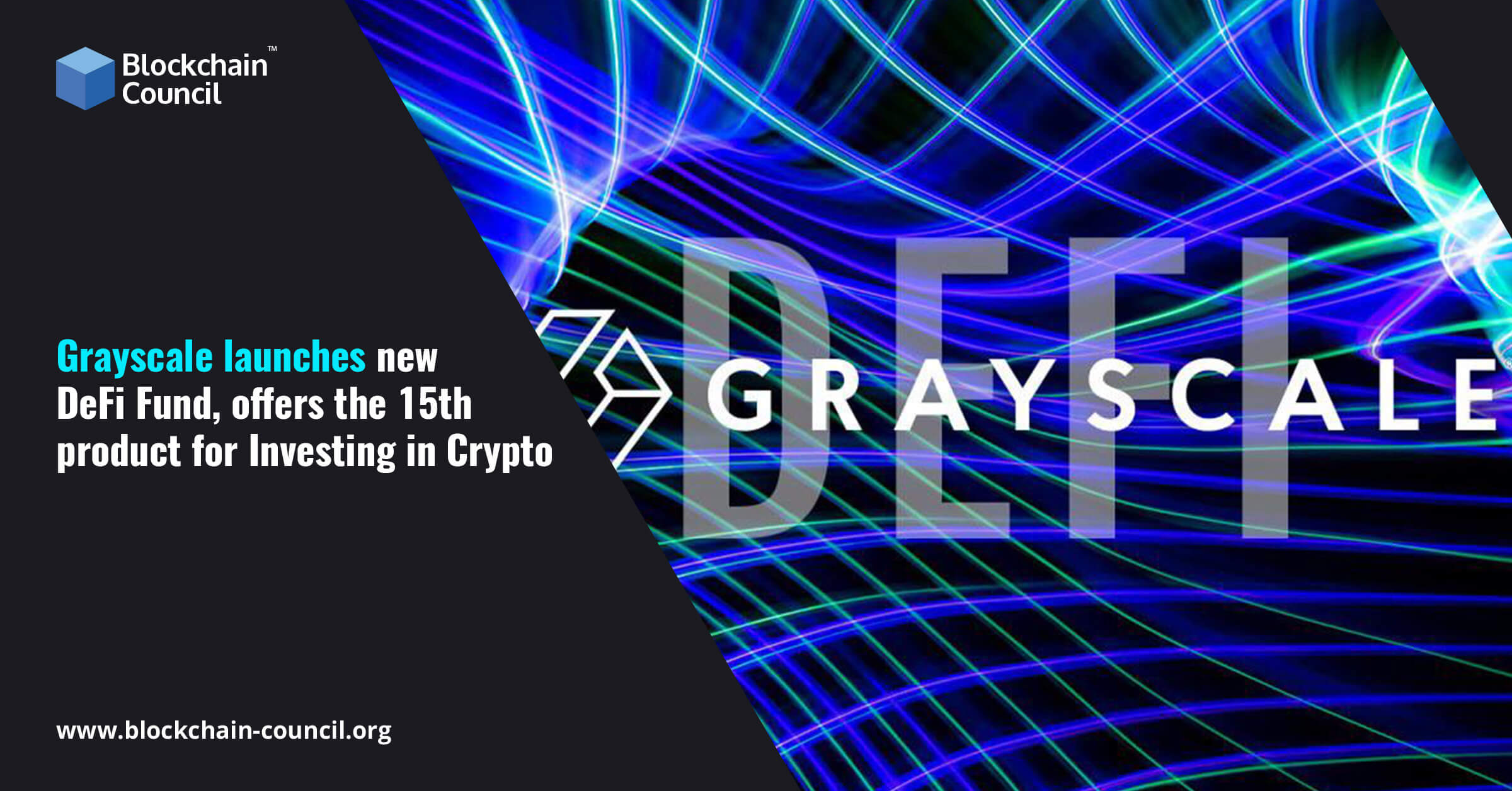
 Guides
Guides News
News Blockchain
Blockchain Cryptocurrency
& Digital Assets
Cryptocurrency
& Digital Assets Web3
Web3 Metaverse & NFTs
Metaverse & NFTs
